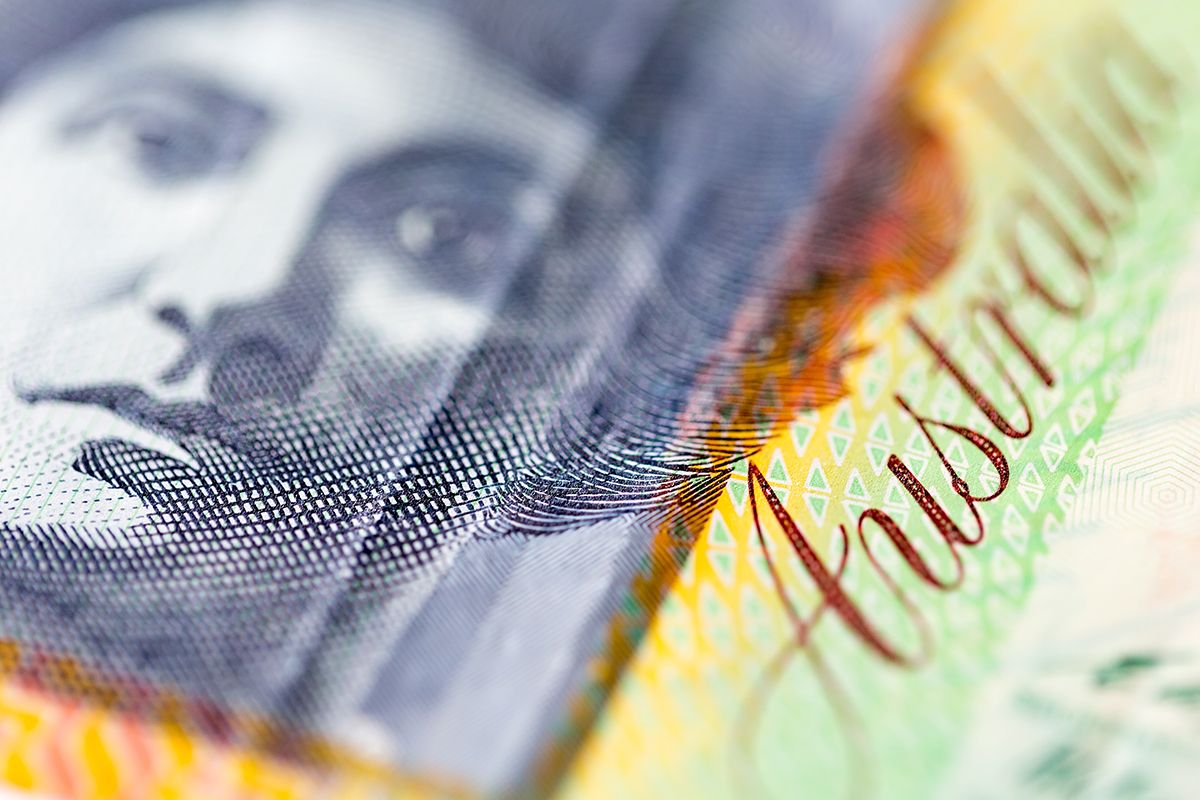CCL Secure is the pioneering provider of polymer banknote technology, with decades of experience, expertise, and global reach. We are backed by the worldwide presence of our parent company, CCL Industries, and the complementary expertise of our sister company, Innovia Films.

Polymer banknotes are an Australian innovation that was developed to combat counterfeit risk.
In 1966, the country shifted to decimal currency and launched a new banknote series on cotton–paper, but within one year, the AUD10 banknote had been successfully counterfeited. There was a clear need for better banknotes.
In 1988, the Reserve Bank of Australia issued the world’s first polymer banknote on GUARDIAN™ substrate, after almost two decades of research and development.
The AUD10 banknote was the first in the world to incorporate windows and optically variable devices, making it the most secure banknote to date. It’s a tradition CCL Secure continues today.
In 1998, Australia marked another world first when it issued a full family of polymer banknotes.
Meanwhile, the Reserve Bank of Australia had formed a joint venture with Innovia Films, dedicated to producing, innovating and marketing GUARDIAN – which had now gained the confidence of almost 25 central banks. Innovia Films later acquired the Reserve Bank of Australia’s stake.
In 2017, CCL Industries acquired Innovia Films, and we rebranded as CCL Secure.